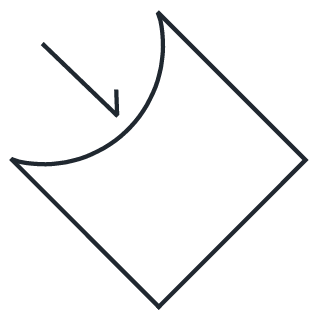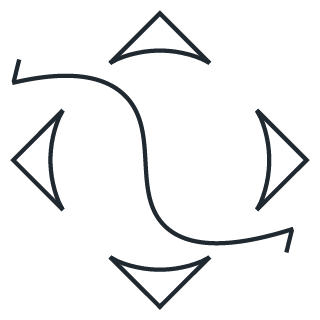Campus West
Galleries and open views
The first office building to be realised at Campus West will be a compact metal volume, transparent at the front and back, which connects the green Katwilgweg area at the front with the green promenade at the back. Thanks to the project's transparency, users and passersby will be able to look through the building. The design is given a clear orientation and a focus on the green surroundings. Boundaries between inside and outside fade away. The origami shell is folded like a wooden sculpture on top of the interior and is visible from anywhere in the building. It provides uniformity and simultaneously gives the workplace a unique identity. The roof structure covers the entire surface like an industrial hall. Six large glass skylights allow diffuse light to penetrate into the various levels.
The POLO Interior design team joined forces with CONTEKST interior designers to transform the large open space into a dynamic work environment that can accommodate up to 800 workspaces. Various levels connect to each other through the open hall. Galleries and open views establish additional connections. The office is set up as a house with multiple intertwining functions strategically organised around meeting spaces such as the reception desk, auditorium, cafeteria, coffee corners and circulation areas.
An array of activities
The project recognises that every user does not necessarily need an individual workspace. The new work environment proposes a wide range of spaces that suit the needs of the moment. These workspaces include inviting central meeting spaces, (in)formal meeting rooms, silent rooms for focused work, landscape offices, brainstorming spaces, presentation rooms, etc.
At the same time, these workspaces have been designed for a wide array of different activities, resulting in an optimised work environment. A small meeting room could turn into a workspace once the meeting is over, or an intimate space for a private phone call. These smart interior design choices ensure that all the various spaces meet the acoustic and technical requirements for their respective activities.
This results in a 'workshop feel' allowing users to experience the office dynamic. The workspaces foster co-creation. The office building stimulates unexpected insights and collaborations.














